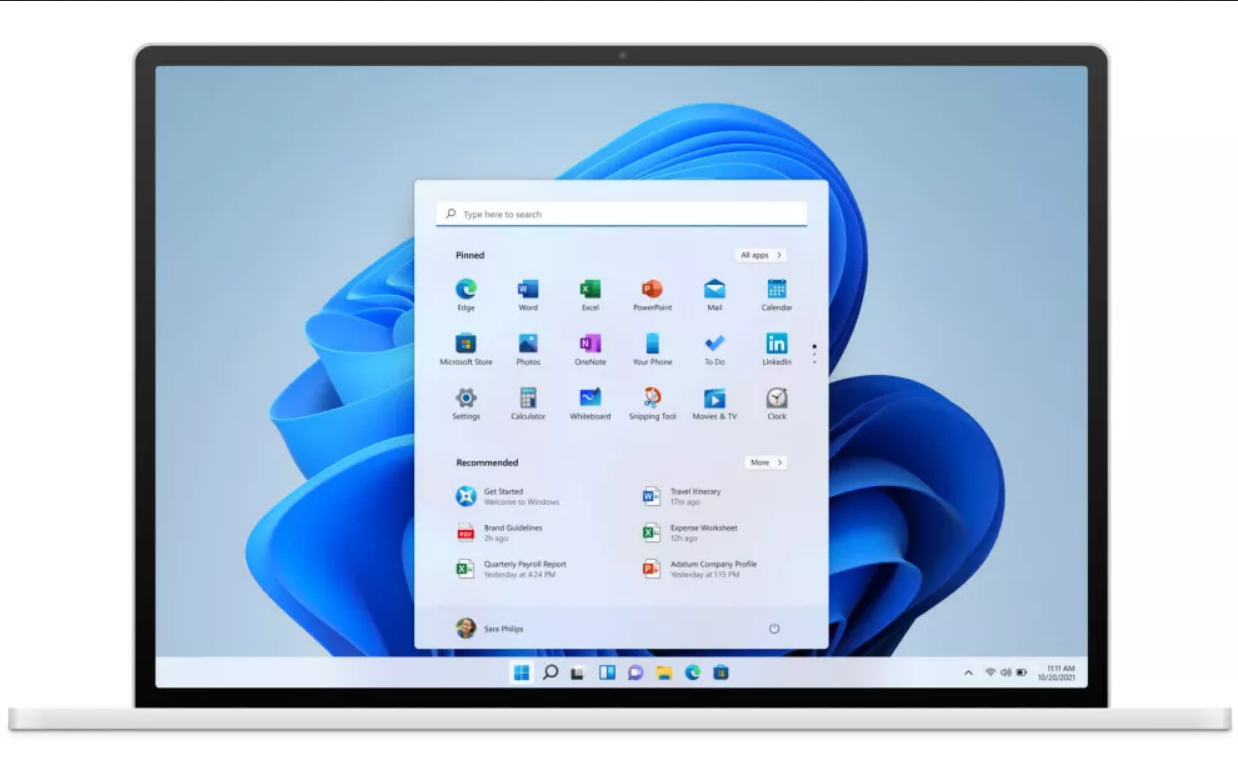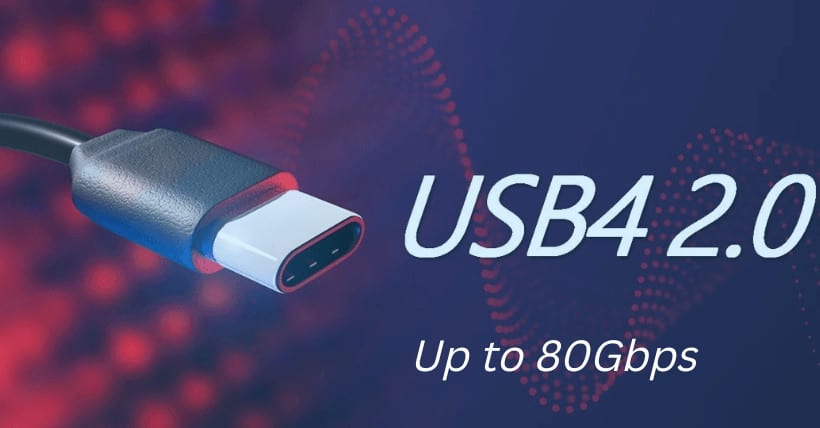The widespread adoption of devices utilizing standard USB4 connections is still underway, with the technology becoming increasingly prevalent. While specifications for a faster variant of USB4 were unveiled over a year ago by the USB Promoter Group, compatible products have been slow to emerge, and Windows has only recently started supporting the standard. Additionally, Thunderbolt 5, its counterpart, is on the horizon.
The latest public update for Windows 11 introduces support for USB4 connections at 80Gbps, also known as USB4 2.0. This update, included in OS builds 22621.3235 and 22631.3235, is set to roll out automatically to users this week.

Although the USB4 2.0 specification was finalized in late 2022, products supporting 80Gbps connections have been slow to appear. The original USB4 variant, capable of reaching 40Gbps, is still considered cutting-edge, with compatible products emerging in recent years.
MSI introduced a USB4 40Gbps add-in-board last summer, and high-end USB4 docking stations began appearing shortly thereafter. A notable development came from Adata late last year with the industry’s first USB4 external SSD boasting 3,800 MB/s write speeds and active cooling.
The recent Windows update suggests that devices capable of 80Gbps connections may become more widely available this year. USB4 2.0 hardware can facilitate data transfer at 120Gbps in one direction and 40Gbps in the other under certain conditions. Intel plans to enable developers to work with Thunderbolt 5, a closely related specification, starting in the second quarter of 2024, indicating potential device releases supporting it later in the year.

Another significant addition in the Windows update is the enhancement of the Snipping Tool, which now allows users to edit the most recent photos taken on their connected Android devices. This feature is accessible by enabling PC access to an Android device through Settings > Bluetooth & devices > Mobile devices > Manage devices, providing instant notifications when new pictures or screenshots are taken.
Microsoft is increasing efforts in Windows-Android integration, with recent Insider channel updates enabling the use of Android devices as webcams, akin to Apple’s Continuity system.
Notably, Windows is also preparing for other new connection protocols. The Insider Canary channel recently gained support for Wi-Fi 7, offering connections up to four times faster than Wi-Fi 6 across a broader array of signal bands. The Wi-Fi 7 standard was finalized in January, with fully certified devices expected to emerge in the coming years.





